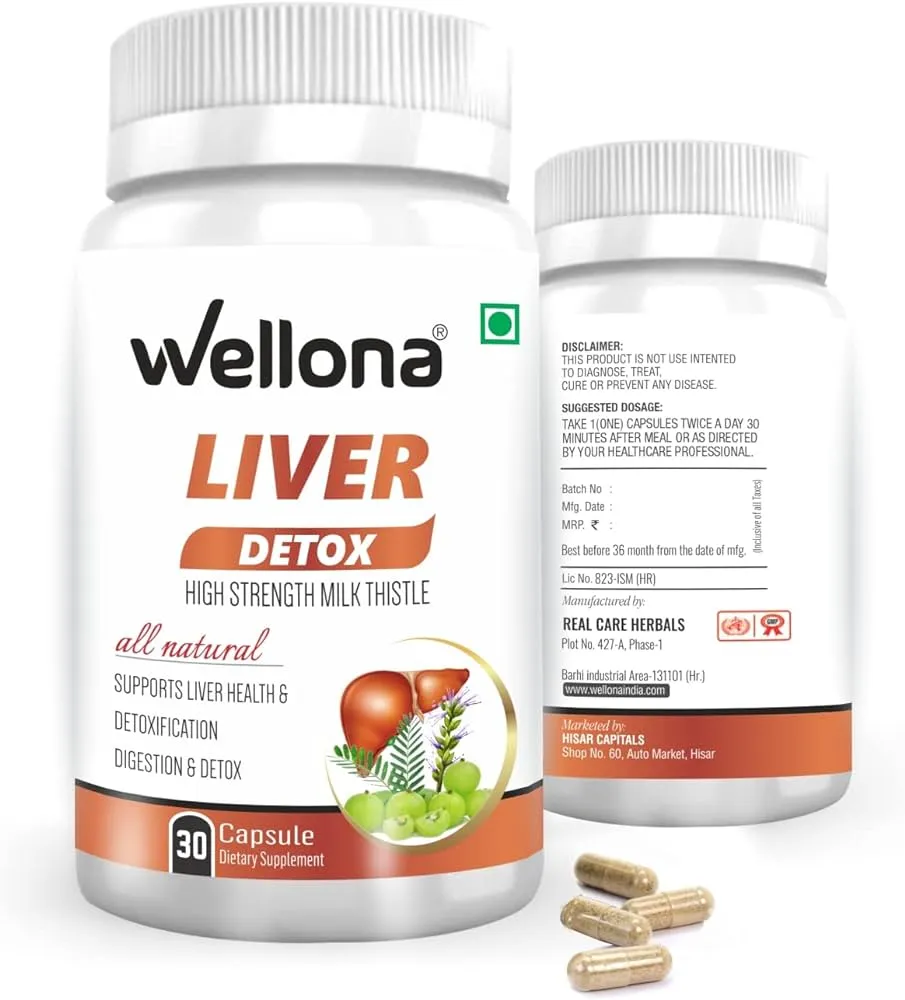When reviewing ASEA and their supplements, you may come across terms like “redox signaling,” “redox reactions,” and “health at a cellular level.” If you aren’t familiar with the science behind these terms, you may think it all sounds made up. You may wonder: Do these supplements actually work? Or is ASEA just a scam? Keep reading to learn about the science behind redox biology and how ASEA’s products work.
Understanding Redox Reactions
First of all, the term “redox” stands for reduction oxidation. Redox reactions are when one molecule takes away electrons from another molecule, thus oxidizing the second molecule. These molecules are called electrophiles, which attract electrons, and nucleophiles, which give up electrons.
Once this process is complete, the electrophile now becomes an oxidant. While this is a naturally occurring process, it becomes a problem when there are too many oxidants (also known as oxidized stress), and they start to damage your body, leading to various illnesses.
You can also develop oxidants through exposure to pollution, a bad diet, and age—leaving you even more vulnerable to poor health.
An example of a redox reaction is when your body burns the sugar and fatty acids in food, converting it into energy.
Redox Signaling and Cellular Health
Because the balance of oxidants and antioxidants is so precarious and easily thrown off balance, your body created a way to help keep things as balanced as possible: redox signaling.
Redox signaling is a separate type of molecule that’s naturally produced in every cell in your body. It encourages new cell growth and injury healing. These molecules have your cells act as a messenger or an activator.
Activator molecules tell your cells to activate antioxidants that are stored within your body. Antioxidants are chemicals that keep oxidative free radicals from getting into trouble and causing harm to your cells.
Meanwhile, messenger molecules keep communication between cells clear so your immune system remains in top shape. They’re also the thing that tells your immune system to activate when a threat is detected.
Too much oxidative stress can cause problems for both the activator and messenger molecules, causing disruptions with each process. This leads to unneeded inflammation and illness and prevents new cell growth.
Redox Imbalance and Diseases
What kind of illness is caused by oxidative stress and the imbalance of antioxidants? Disrupted redox signaling can cause:
- Type 2 Diabetes
- Atherosclerosis (the thickening of the arteries)
- Chronic Obstructive Pulmonary Disease (COPD)
- Alzheimer’s Disease
- Parkinson’s Disease
- Huntington’s Disease
- Multiple Sclerosis
- Systemic Inflammatory Response Syndrome
- Cardiovascular Disease
How Redox Signaling Can Help with These Problems
Now that you understand how an oxidant imbalance causes illness and how redox signaling can work to maintain balance, how specifically does redox signaling help some of the conditions mentioned above?
It’s hard to know for sure because the entire field of redox biology is new. Redox biology discusses low levels of reactive oxygen species (ROS) that activate different biological processes—also known as redox signaling.
There have been some minor breakthroughs in the directions scientists can go.
For example, scientists continue to work on creating ROS-based drugs that assist with aging, neurological disorders, diabetes, COPD, and cardiac dysfunction. Through this work, the scientists noted that NOXs (Nitrogen Oxides) are the only enzyme family that is in charge of ROS production and have connections to the previously mentioned diseases.
Ongoing clinical trials use this specific aspect of redox signaling, but the results have yet to be announced.
This work shows that some molecules will potentially work better than others in aiding different diseases, which creates a whole new path to follow.
Harnessing Redox Signaling With ASEA
Now let’s discuss ASEA in this review. The company understands the power of redox signaling and created a liquid supplement called ASEA® Redox Cell Signaling Supplement.
This supplement is derived from redox signaling molecules, which are shown to be necessary for the body’s health. It is designed to work as a bio-switch that tells your body to make more signals so you start to feel better.
This supplement aims to help your body keep producing these signals even when things like illness, poor diet, or age cause the molecules in production to slow or completely stop.
The Science Behind ASEA Products
By mixing purified water and refined salt and putting it through ASEA’s patented electrolysis technology, the salt water becomes a supplement full of redox signaling molecules.
To learn more about the process, check out ASEA’s FAQ page.
ASEA’s Potential Benefits
Does ASEA’s supplement actually work?
According to users of the product, that answer is “yes.”
Jessi Kuhlman, former ice hockey player and current CrossFit trainer, loves the product and is now an ASEA athlete. In a video with former NFL player Damon Hazelton Jr., they discussed how they use the liquid supplement as part of their recovery process to keep up their performance level every day.
Danielle Matthews was hit by a drunk driver at 23 and had a significant change in her quality of life, even after recovering. At 25, she tried ASEA and felt like herself again within three months. She said she had the best energy levels and mental clarity and slept better than before.
Ashely Ulrey had experienced convulsions since she was six, though they worsened in her 30s. She needed to use a cane to get around and could no longer navigate the stairs of her home. A friend introduced her to ASEA, and the morning after trying it for the first time, she could get out of bed on her own.
Scientific Research and Evidence
Reviewing the ASEA site, there is a section about a 2009 clinical study, the ASEA® Redox supplement reduced levels of oxidative stress in 106 participants. Also, the participants had better cardiovascular support by taking the supplement.
More research needs to be done within the field of redox biology, but also about AESA’s supplement. The ASEA company is incredibly invested in the future of such studies and continues to fund new products and studies. It wouldn’t be a surprise if more studies came out soon.
Is ASEA a Scam or Not?
The science behind this liquid supplement is legitimate, even if it’s largely unexplored. It will be interesting to see where the study of redox biology goes in the future. Whether ASEA’s dietary supplement works seems to depend on the individual. Though some people have called ASEA a scam, just as many claim that it’s life-changing.
You should decide for yourself now that you understand the science behind the supplement. Give ASEA a try and make your own decision.










